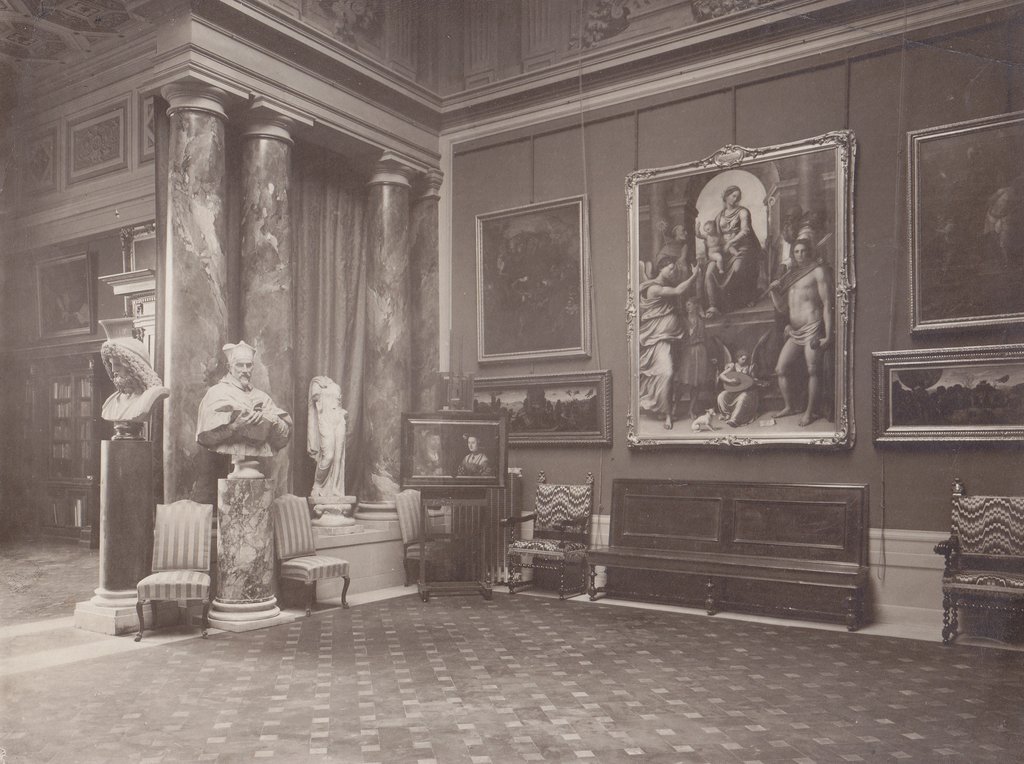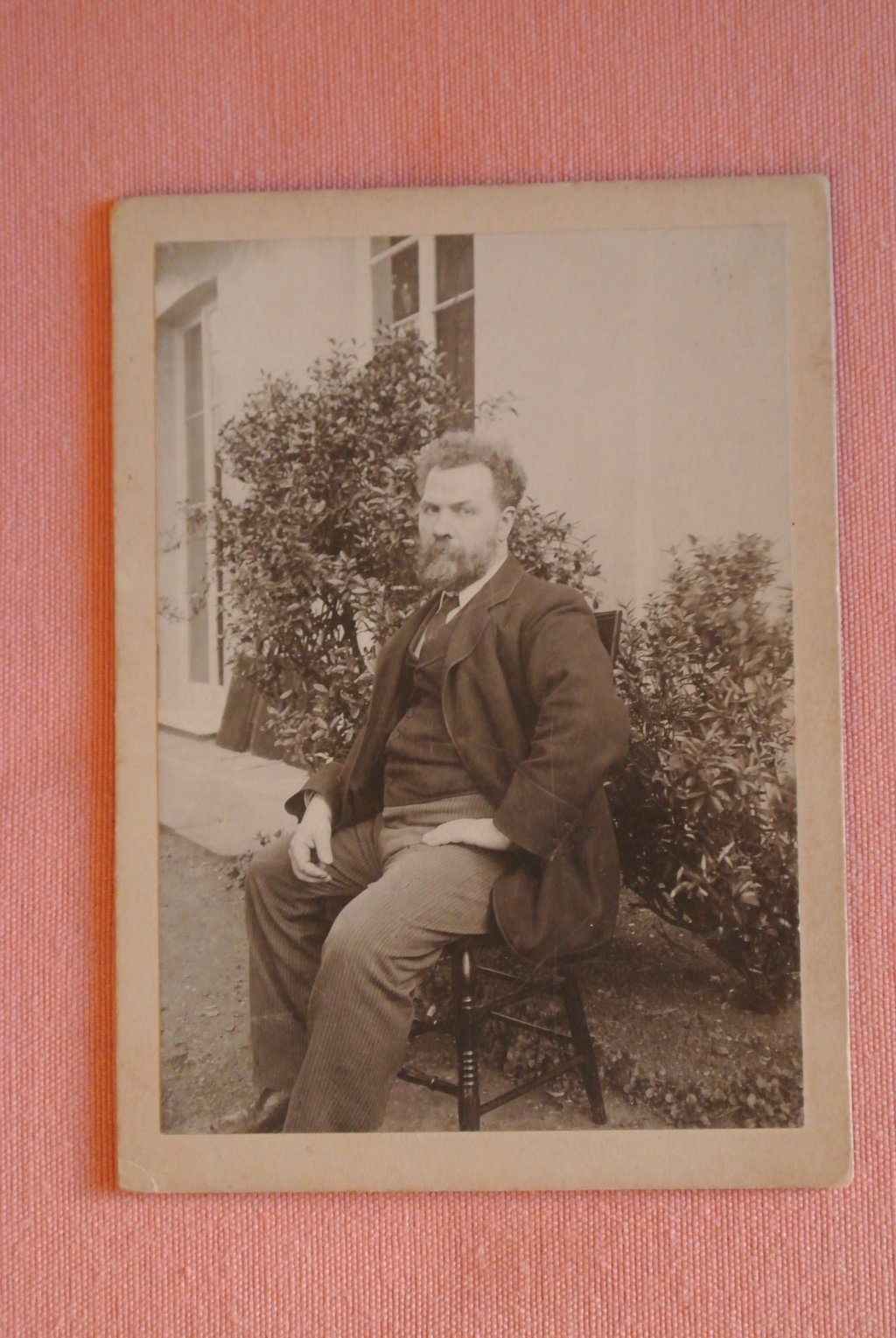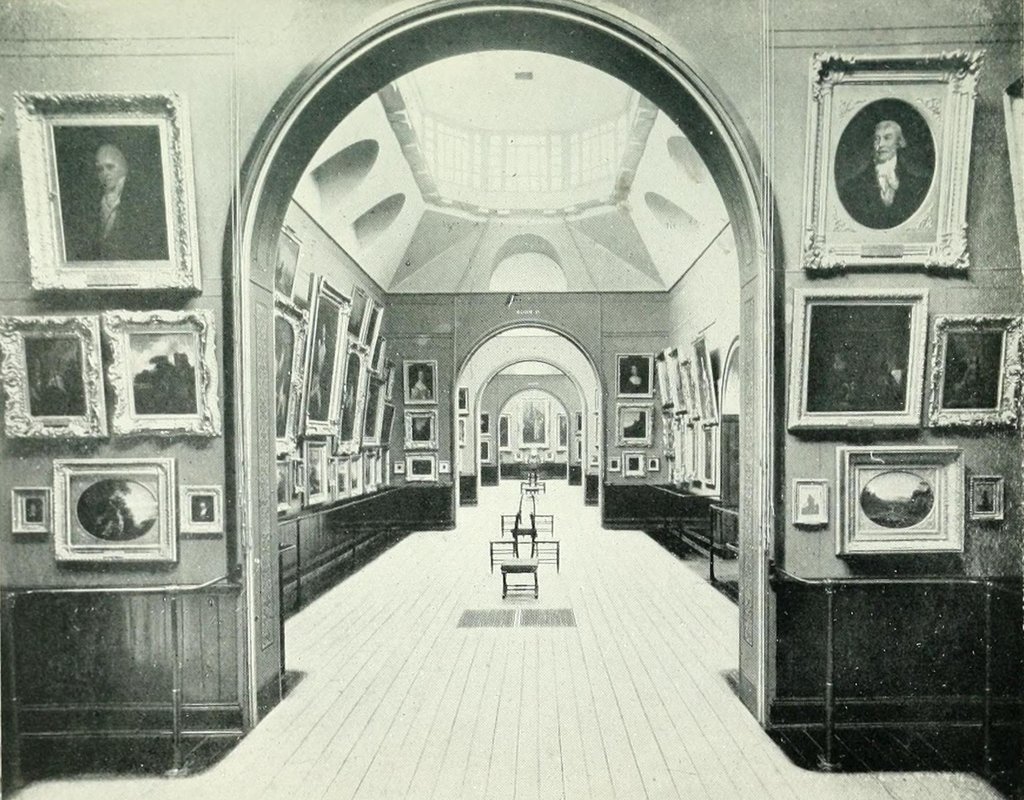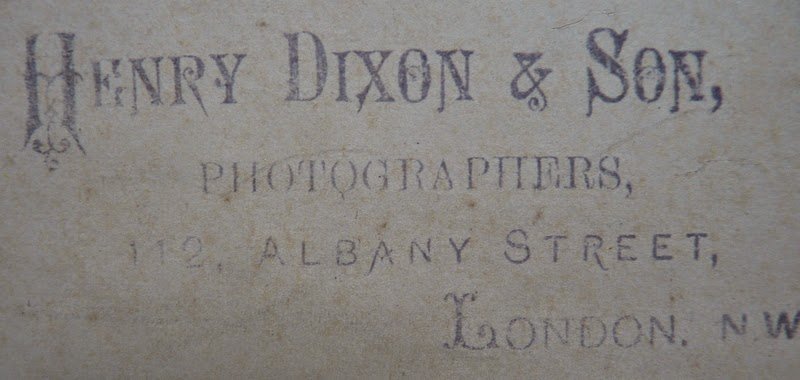The son of a draper, little is known about his early artistic training. After being introduced to Edward Burne-Jones by the critic John Ruskin, he became the painter's first studio assistant in 1866. He subsequently assisted Dante Gabriel Rossetti and G.F. Watts also. In the 1870s he illuminated miniatures and drew cartoons for stained glass for William Morris and his firm, as well as painting decorative panels for the furniture makers Collinson & Lock. From 1873 he worked for Ruskin as a copyist in Italy, where, after his marriage to Angelica Colivicchi in 1875, he settled, first at Siena, then, from 1878, in Florence. They would have six children. From around 1887 Murray lived predominantly in London, where he established a second family, also of six children, with Blanche Richmond. Though Murray continued to paint and exhibit his work throughout the 1880s, he was now mainly active as a collector …

The son of a draper, little is known about his early artistic training. After being introduced to Edward Burne-Jones by the critic John Ruskin, he became the painter's first studio assistant in 1866. He subsequently assisted Dante Gabriel Rossetti and G.F. Watts also. In the 1870s he illuminated miniatures and drew cartoons for stained glass for William Morris and his firm, as well as painting decorative panels for the furniture makers Collinson & Lock. From 1873 he worked for Ruskin as a copyist in Italy, where, after his marriage to Angelica Colivicchi in 1875, he settled, first at Siena, then, from 1878, in Florence. They would have six children. From around 1887 Murray lived predominantly in London, where he established a second family, also of six children, with Blanche Richmond. Though Murray continued to paint and exhibit his work throughout the 1880s, he was now mainly active as a collector and dealer, specialising in early Italian (especially Sienese) painting; British and Netherlandish portraiture; Old Master drawings; early Italian maiolica; illuminated MSS; early printed books and the works of the Pre-Raphaelites. He acted as agent for the National Gallery under Sir Frederic Burton and for the South Kensington Museum under Sir Philip Cunliffe Owen. He also acquired pictures for Wilhelm Bode and Jullius Meyer at Berlin, as well as for private collectors in England, Germany and America. He was considered for the post of the Director of the National Gallery in 1894. From the late 1890s Murray advised and had commercial relations with the dealer T. Agnew & Sons. He catalogued the pictures of the Duke of Portland (1894) and parts of his own collection: his books (1899, 1902, 1907) and drawings (1905, 1910, 1912), the majority of which were sold to J. Pierpont Morgan in 1909. Murray's collection was in part dispersed by himself before his death, at sales in Paris (1914) and London (1917) and through numerous donations to collections in Britain, Europe and America. The remainder of his collection would gradually be sold by his English and Italian heirs, starting with important auctions in London (1919-22), New York (1924) and Berlin (1929).







